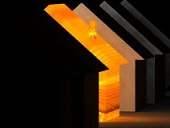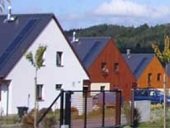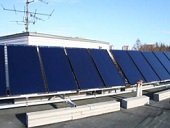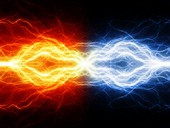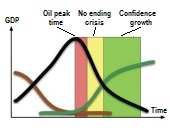Over 5000 buildings in Austria have been constructed in the passive standard. In the future, a considerable part of new constructions should be build in the passive standard. The goal is to have all subsidised residential buildings built in the passive standard by 2015. The aim of the study was to learn from the first residential complexes of passive buildings. The main questions were: Do the passive buildings meet the ambitious expetations of the project? How satisfied are the people living in them? What additional construction costs can be expected and what are the actual energy savings compared to conventional residential complexes?
Newsletter
Přihlaste se k odběru newsletteru a my vám každý týden pošleme přehled toho nejlepšího z TZB-info!
více o newsletteru





